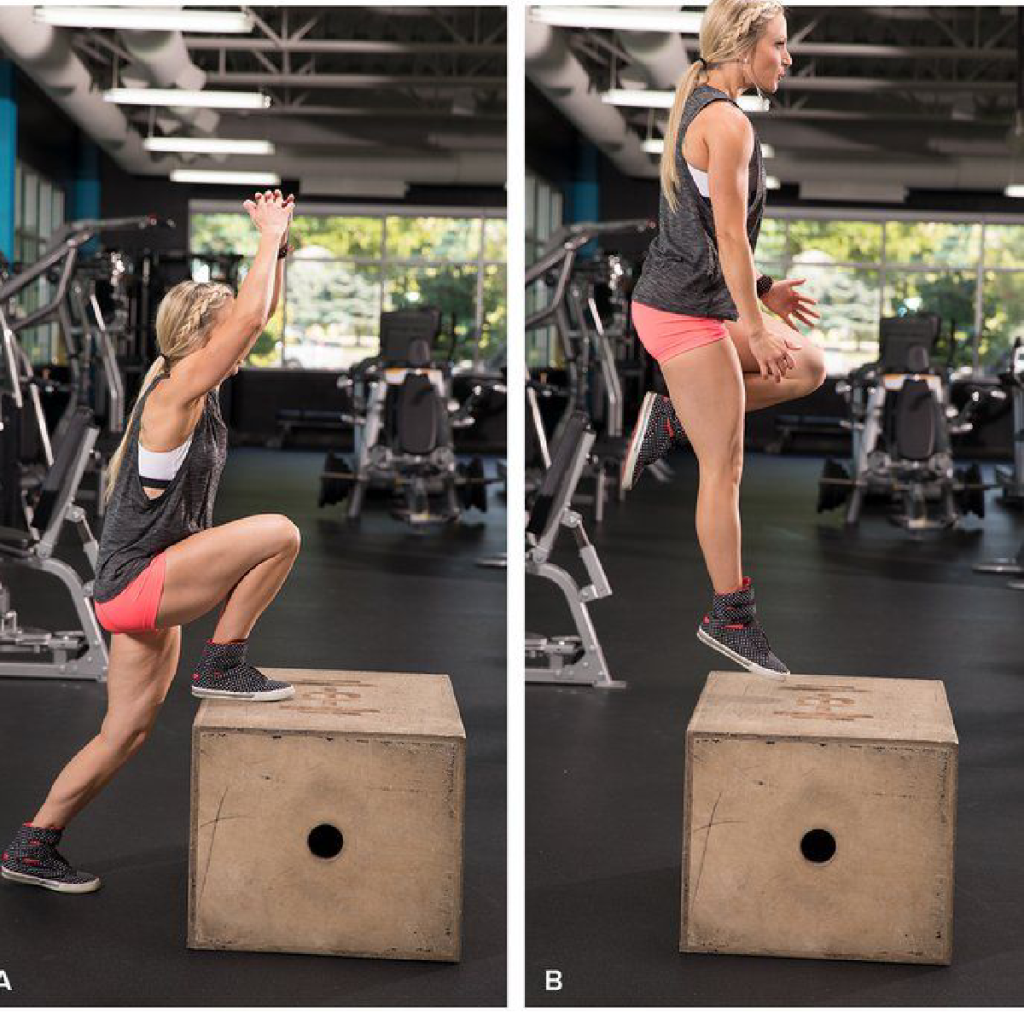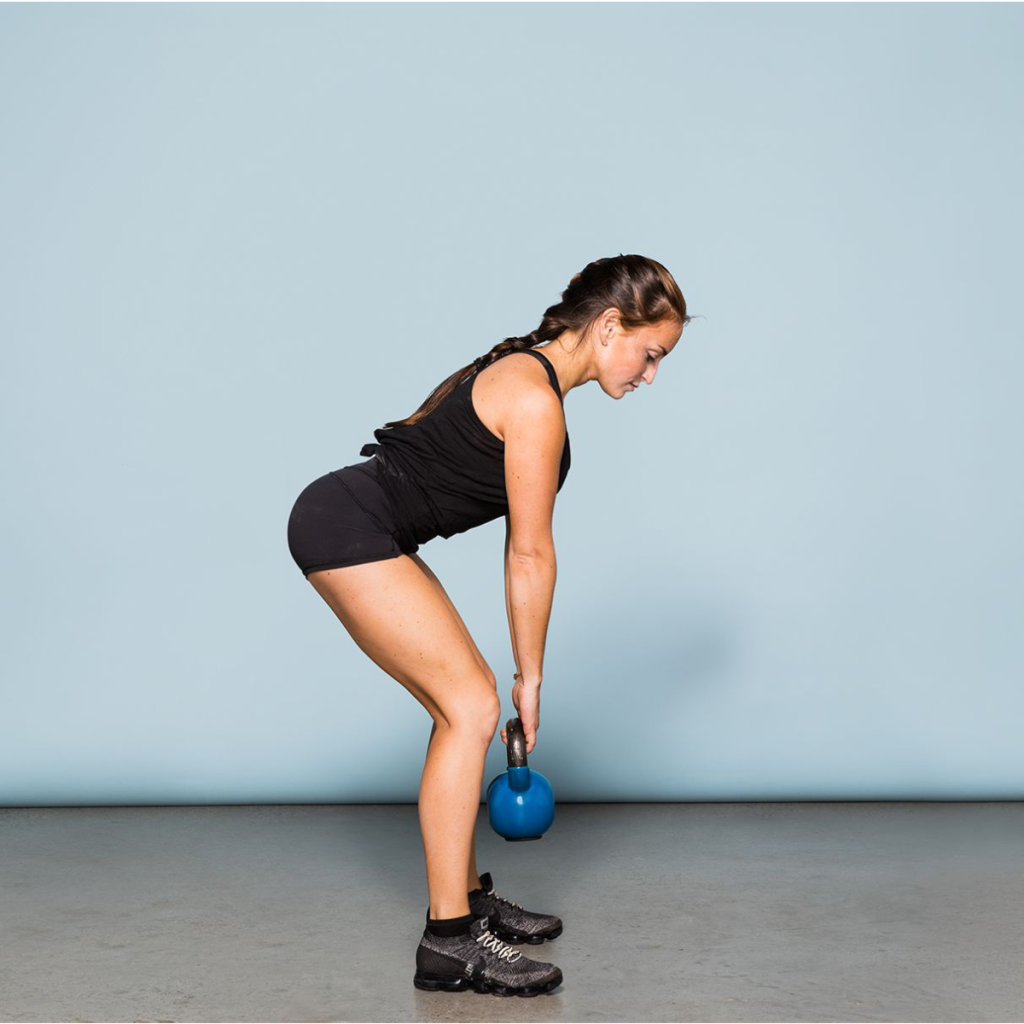Learn how to build strong and toned glute muscles with this comprehensive step-by-step guide.
How to Build Glute Muscles: A Step-by-Step Guide
Do you dream of having strong and powerful glute muscles? Well, you’re in luck because we’ve got the ultimate step-by-step guide to help you achieve those buns of steel! Building glute muscles requires a combination of understanding their anatomy, preparing for your workouts, performing basic and advanced exercises, and incorporating them into your routine. So let’s dive in and get those glutes working!

Understanding the Glute Muscles
Before we get into the nitty-gritty of glute building, it’s important to understand the glute muscles themselves. These muscles, also known as the glutes, consist of the gluteus maximus, gluteus medius, and gluteus minimus. They are the largest muscle group in your body and play a crucial role in lower body strength, stability, and overall athletic performance.
The gluteus maximus, being the largest of the glute muscles, is a powerful muscle responsible for hip extension. This means that it plays a vital role in movements like squats and deadlifts, where the hips need to be fully extended to generate force. It is fascinating to note that the gluteus maximus is not only involved in lower body movements but also contributes to the stability of the pelvis and lower back.
On the other hand, the gluteus medius and gluteus minimus are located on the side of your hips. These muscles are responsible for hip abduction, which is the movement of the leg away from the midline of the body. Additionally, they also contribute to the stabilization of the hips during various movements.
Anatomy of the Glute Muscles
Let’s dive deeper into the anatomy of the glute muscles. The gluteus maximus, as mentioned earlier, is a large and powerful muscle that originates from the posterior part of the iliac crest, sacrum, and coccyx. It inserts into the iliotibial band and the gluteal tuberosity of the femur. This muscle is not only responsible for hip extension but also assists in external rotation and adduction of the hip.
The gluteus medius, located on the outer surface of the pelvis, originates from the ilium and inserts into the greater trochanter of the femur. This muscle plays a crucial role in hip abduction and stabilization, especially during single-leg movements such as walking and running.
Similarly, the gluteus minimus, situated beneath the gluteus medius, also originates from the ilium and inserts into the greater trochanter of the femur. It works in conjunction with the gluteus medius to facilitate hip abduction and stabilization.
Importance of Strong Glute Muscles
Having strong glute muscles goes beyond aesthetics. They are key players in various activities such as running, jumping, and even sitting! Not only do strong glutes enhance your athletic performance, but they also help prevent injuries, improve posture, and support your lower back.
When it comes to running, the glutes play a crucial role in propelling you forward. They generate power and provide stability during each stride, helping you maintain an efficient running form. Similarly, in jumping activities, the glutes contribute to the explosive force needed to propel your body off the ground.
Even when you’re sitting, your glutes are at work. They provide support and stability to your pelvis and lower back, preventing discomfort and potential injuries. Weak glutes, on the other hand, can lead to imbalances in the body, causing issues such as lower back pain and poor posture.
Furthermore, strong glutes help prevent injuries by providing stability to the hips and knees. They help absorb impact forces and maintain proper alignment during movements, reducing the risk of strains and sprains.
So, it’s clear that strong glute muscles are not only essential for achieving a toned physique but also for overall functional fitness and injury prevention. Now that we have a solid understanding of the glute muscles, let’s explore effective ways to build and strengthen them!
Preparing for Your Glute Workout
Now that you know why building glute muscles is important, it’s time to prepare for your workouts. Setting realistic goals and having the right equipment are crucial to your glute-building journey.
Setting Realistic Goals
Before you start sculpting your glutes, it’s essential to set realistic goals. Building muscle takes time and consistency, so don’t expect overnight results. Be patient with yourself and celebrate every small progress along the way.
When setting your goals, consider factors such as your current fitness level, lifestyle, and time commitment. It’s important to have a clear understanding of what you want to achieve and how you will measure your progress. Whether you aim to increase the size of your glutes, improve strength and power, or enhance overall athletic performance, setting realistic goals will help you stay motivated and focused.
Remember, everyone’s body is different, and results may vary. Comparing yourself to others can be discouraging, so focus on your own journey and celebrate your unique achievements. By setting realistic goals, you’ll be able to track your progress and make adjustments along the way to ensure continuous improvement.
Essential Equipment for Glute Exercises
While you can do many glute exercises using just your bodyweight, some equipment can take your glute workouts to the next level. Invest in resistance bands, dumbbells, and kettlebells to add resistance and intensity to your exercises.
Resistance bands are versatile and affordable tools that can be used to target your glutes from various angles. They provide constant tension throughout the movement, activating your glute muscles effectively. With different resistance levels available, you can gradually increase the challenge as your glute strength improves.
Dumbbells and kettlebells are excellent additions to your glute-building arsenal. They allow you to perform exercises such as squats, lunges, and hip thrusts with added weight, increasing the load on your glutes. By incorporating these weights into your routine, you can stimulate muscle growth and enhance overall strength.
When choosing the right equipment, consider your fitness level and personal preferences. Experiment with different tools to find what works best for you. Remember, proper form and technique are key to prevent injuries and maximize the effectiveness of your glute workouts.
Additionally, don’t forget about the importance of a supportive workout mat or flooring. Having a comfortable and stable surface to perform your exercises will enhance your overall workout experience and reduce the risk of strain or discomfort.
Basic Exercises for Glute Building
Now that you’re all set, let’s dive into the basic exercises that will lay the foundation for your glute-building journey.
Building strong and shapely glutes is not just about aesthetics, but also about functional strength and overall lower body power. By incorporating these exercises into your routine, you’ll not only enhance the appearance of your backside but also improve your athletic performance and reduce the risk of injury.
Squats and Their Variations
Squats are the holy grail of glute exercises. They target the gluteus maximus, the largest muscle in your buttocks, as well as the hamstrings and quadriceps. Start with bodyweight squats to perfect your form and then progress to goblet squats, barbell squats, and Bulgarian split squats.
Bodyweight squats are a great way to warm up your glutes and activate the muscles before moving on to more challenging variations. To perform a bodyweight squat, stand with your feet shoulder-width apart, toes slightly turned out. Keep your chest up, core engaged, and lower your hips down and back as if you’re sitting into an imaginary chair. Push through your heels and return to the starting position.
Goblet squats are an excellent option for beginners or those who struggle with balance. Hold a dumbbell or kettlebell close to your chest, with your elbows pointing down. Perform the squat movement, making sure to maintain an upright posture and keeping the weight close to your body.
Barbell squats are a more advanced variation that requires a barbell placed on your upper back. This exercise allows you to lift heavier weights, challenging your glutes and legs even more. Make sure to keep your chest up, core tight, and maintain proper form throughout the movement.
Bulgarian split squats are a unilateral exercise that targets each leg individually, helping to correct muscle imbalances. Stand with one foot forward and the other foot elevated behind you on a bench or step. Lower your body down by bending your front knee, keeping your chest up and back straight. Push through your front heel to return to the starting position.
Don’t be afraid to mix things up and experiment with different variations to keep your glutes guessing. Incorporating different types of squats into your routine will not only prevent boredom but also ensure that you’re targeting your glutes from various angles, leading to better overall development.
Lunges for Glute Activation
Lunges are another fantastic exercise for activating your glutes. They target the gluteus maximus, gluteus medius, and gluteus minimus, as well as the quadriceps and hamstrings. Forward lunges, reverse lunges, and lateral lunges are all great options to incorporate into your glute-building routine.
When performing lunges, it’s crucial to focus on driving through your heels and engaging your glutes throughout the movement. This will ensure that your glute muscles are doing the majority of the work, rather than relying too heavily on your quads or other leg muscles.
Forward lunges involve stepping forward with one leg and lowering your body down until your front knee is bent at a 90-degree angle. Push through your front heel to return to the starting position and repeat on the other leg.
Reverse lunges are similar to forward lunges, but instead of stepping forward, you step backward. This variation places slightly more emphasis on the glutes and hamstrings, making it an excellent choice for targeting those muscles.
Lateral lunges are performed by stepping to the side, keeping one leg straight and bending the other knee as you lower your body down. This exercise targets the gluteus medius, which is essential for hip stability and preventing knee injuries.
By incorporating lunges into your glute-building routine, you’ll not only strengthen your glutes but also improve your balance, stability, and overall lower body strength. Remember to focus on proper form and engage your glutes throughout each lunge, maximizing the benefits of this exercise.
Advanced Glute Exercises
Once you’ve mastered the basics, it’s time to take your glute-building game to the next level with these advanced exercises.
Hip Thrusts for Glute Growth
Hip thrusts are the ultimate glute-building exercise. Find a bench or elevated surface, place a barbell or resistance band across your hips, and thrust away! Experiment with different foot positions and tempos to challenge your glutes even further.
Deadlifts for Glute Strength
Deadlifts may be known for targeting your hamstrings and lower back, but they also work wonders for your glutes. Conventional deadlifts, sumo deadlifts, and Romanian deadlifts are all exceptional options. Focus on maintaining a strong and stable core throughout the movement.
Incorporating Glute Exercises into Your Routine
Now that you’re equipped with a wide array of glute exercises, it’s time to integrate them into your workout routine strategically.

Creating a Balanced Workout Plan
When designing your workout plan, aim for a balanced approach that targets all muscle groups while giving your glutes enough attention. Incorporate glute-specific exercises two to three times a week and alternate between lower body, upper body, and core workouts to keep your routine well-rounded.
Frequency and Intensity of Glute Workouts
Consistency is the key to success when it comes to building glute muscles. Aim for at least two to three glute workouts per week, allowing a day of rest in between to allow for proper recovery. Gradually increase the intensity of your workouts by adding more weight, resistance, or repetitions over time.
With these tips and tricks, you’re well on your way to building strong and sculpted glutes. Remember to always listen to your body, take breaks when needed, and fuel yourself with a healthy diet to support your muscle growth. Get ready to strut your stuff and show off those fabulous glutes!







